|
Cooper is the ninety-pound Golden Retriever who used to live next door to where I worked. He brought his owner and me together in friendship. He would always look for my car in the morning, when his owner would walk him across the parking lot, to have his morning walk in the park.
The mornings when I arrived early and could see they hadn’t finished their walk, I would wait beside my car for him. When he saw me, he would start pulling on the leash, dragging his owner. She would release the clasp of the leash from his collar. I would squat down to dog level, with my arms outstretched to welcome him. The first time I did this, I had a moment where I thought, “I wonder if this is a good idea?” Ninety pounds of dog was running directly at me, full speed. Cooper was more stocky and muscular than most Retrievers. He reminded me of a Sherman tank. I braced for the impact. He stopped just as he got to me and gently touched his nose to my face. This became our new morning routine. I kept a box of treats in the office for Cooper. He would get three treats, broken in half. And as dog owners know, dogs can count. I would give him six pieces of treats. No more, no less. If I tried giving him less, he would stare at my hands until I’d given up the last one. After the giving of the treats, his owner and I would have a conversation. Cooper didn’t like being ignored during our talk. He would keep nuzzling my legs or hands, trying to get my attention. I found it easiest to squat down and pet him while talking. Then he would bend his head down and move toward me to rest the top of his head against my chest. He would stand like that as long as I let him. I’d never had a dog do that before. It felt like a sign of trust and affection. I’ve never seen him do it with anyone else. There was a severe ice storm a few winters ago. It covered every surface in a thick layer of ice. It was treacherous to walk anywhere. I wore ice cleats on the bottom of my boots to get from the house, down the driveway to my car. I removed them while driving, and then put them on again to get from my car, across the parking lot to the front door at work. That morning, Cooper’s owner called and asked if I would take him out during my lunch. With all the ice, he hadn’t been able to stand long enough to squat. She was concerned because he hadn’t been able to relieve himself in the morning and she had to leave for work. I told her I would take him out. Well, the ice had gone nowhere in the few hours since I’d agreed to take Cooper out. For some reason, I didn’t think to put the ice cleats on my boots. First I took him into the back yard, but his feet kept sliding, so he couldn’t stand long enough to do his business. I tried stomping on the crust of ice covering the snow, in the hopes that I could break through to give him a non-slippery surface to stand on. The ice was too thick for me to break through it. Next, sans ice cleats, I gingerly walked him across the parking lot to the park. He made a valiant effort, but once again, he couldn’t squat long enough to do anything. His feet kept sliding apart. Also, he fell twice while we were walking. I was concerned because he was a rescue dog and his new veterinarian determined that his one front leg had been broken at some point. I didn’t want him falling and re-breaking it. I decided to take him back home for both our safety. Cooper must have had a lot of pent up energy. It was as though he couldn’t control his sudden outburst. Without warning, he started running across the parking lot. Ninety pounds of dog, running across an icy parking lot with me attached to him by a leash. Once he started running, I knew he wouldn’t stop and there was nothing I could say or do to make him change his mind. It was like dog zoomies on ice. I had no traction, so I had no control over his movements or my own. I did the only thing I could think to do, to prevent myself from falling and probably getting injured. I squatted down to lower my center of gravity, relaxed my body, and went along for the ride. And what a ride it was! At one point, mid-ride, I thought to myself, “This must be what it feels like to wind sail. And I’m doing it on ice!” (Later, this led to a Google search where I learned that wind sailing on ice is a real thing. Hmmm...who knew?) And then he came to an abrupt stop. I still don’t know how he did that on a slippery surface. Wonders never cease to amaze. I paused for a second, still crouched in my low position. I took stock of our situation and breathed a sigh of relief. We were both safe after our mini-adventure. Cooper had done us both a favor. His wild run across the ice brought us close to the door of his home. We still had to gingerly walk across icy surfaces to get the door. We did and I took him inside. He still hadn’t done his business. I felt bad for him, but not bad enough to risk taking him out again. When his owner got home from work, she took him out and he was finally able to relieve himself! Yay! Forgetting to put the ice cleats on turned out to be the best non-decision I’d ever made. © Debra J. Bilton. All rights reserved.
1 Comment
I got up early to take Toby out through the back door of the garage. Early, meaning while it was still dark outside and before the neighbor's dog was let out. My goal was to walk Toby around until he did his business, in peace and quiet, without waking my parents and the neighbors. So much for that plan.
I turned on the outside light. (I should have looked out the window first. Lesson learned.) As soon as I opened the back door, Toby lunged while snarling and growling. He dragged me a little way out with him. I rooted myself and held on to the leash with all my strength. I saw two, young raccoons on the back hill. They quickly ran to and climbed up a tree. By this point, Toby was barking a blue streak. I was able to pull him back enough so that I was just inside the garage. With my left foot on the ground, I raised my right foot and braced it against the inside of the door frame. This gave me some extra strength since my legs are stronger than my arms. At first, I just held him in place, hoping that his collar and the leash wouldn't break. I kept telling him to stop and come inside, but he was too focused on the raccoons to listen to anything I said. I was using brute force to hold him in place, and I was at a disadvantage. The element of surprise, combined with his momentum, worked against me. I wouldn't be able to hold him for long, and he wasn't about to stop with the raccoons in his sight. Then my martial arts brain kicked in. I needed to use strategy to solve this problem, not physical strength. Proper technique is more effective than physical strength. So, I ignored Toby's barking and watched his body language. I waited until I saw a pattern in his movements. He would lunge and bark, but when he needed to take a breath, he eased off a bit and stopped pulling. I waited for his next breath and that was when I pulled the leash toward me and told him to come to me. It worked. I finally got him inside the garage and closed the door. So, now I needed a new plan because he still hadn't done his business. I took him into the porch and out the door to the front. I walked Toby around for a while because he was nervous and on edge with the surge of adrenaline he'd experienced. Eventually, he calmed down and did his business. We went back inside. And yes, his barking woke everyone in the house. I'm sure it woke the neighbors, too. Even the best-made plans can go awry. And the two raccoons stayed up in the tree all that day and into the evening. They made it down and got away by the next morning. Now I added a visual check of the surroundings to our morning routine, before taking Toby outside. © Debra J. Bilton. All rights reserved. 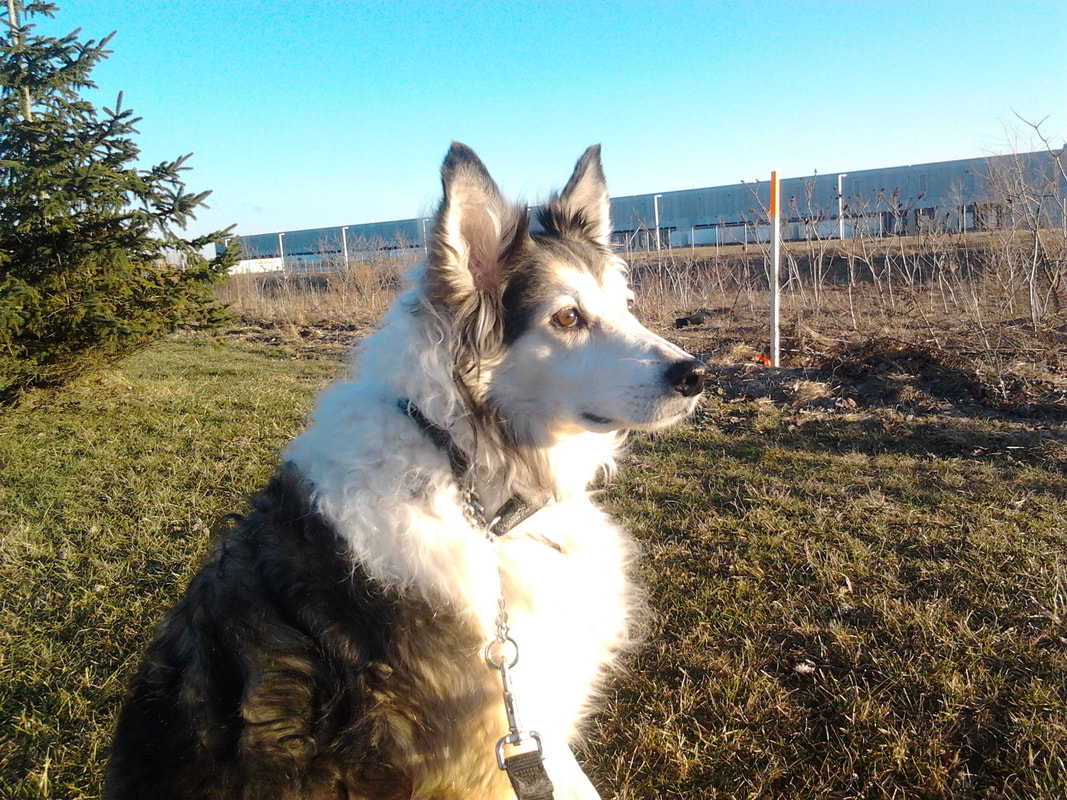 Toby did not react well to bee stings. And then again, who does? I saw this reaction twice when he was a young dog. As he was walking on the grass, he would come to a complete stop, his whole body would tense, and he would fall over on his side. It looked as though his body was in full rigor mortis, with his four legs sticking straight out. It was one of the oddest things I've ever seen. He looked like a mannequin of a dog. I would go over to him to see if he was okay. He would quickly recover and then get back up. I thought his response was just an odd, quirky reaction to the pain of the bee sting. It wasn't until an incident several years later when I realized it was much more than that. A year before Toby died, I had a different experience with him and a bee sting. We were walking around an industrial area. I was always visually searching the ground for sharp objects (broken glass) and any food that people may have thrown on the ground. Food was a concern because of Toby's colitis. This day, I missed the food item. Someone had thrown a piece of bread, or other baked good under a bush. It was in the fall when yellow jackets (wasps) are looking for sugary food sources. Unfortunately, the wasp was eating from the baked good first. I saw the wasp on it just as Toby picked up the food in his mouth. I can't remember if he spat it out or not. He must have, or I would have put my hand into his mouth to remove it. It didn't matter; the damage was done. The wasp had stung the inside of his mouth. Toby immediately laid down on his side on the grass and closed his eyes. He was breathing, but he was unresponsive. I called his name, raising my voice. Nothing, no response from him. I touched him gently and then shook him slightly. Again, nothing. I didn't know what to do. It was a Sunday afternoon, so the veterinary hospital was closed. At that time, I didn't know the location of an emergency clinic. Also, I had the feeling that even if I tried to take him somewhere for medical help, I wouldn't get him there in time to save him. My car was at the far end of the complex. I moved Toby's body closer to a post and tied his leash to it. I did that to keep him safe, in case he regained consciousness while I was gone. I ran as fast as I could to my car. I drove and then parked it as close to Toby as I could. I got out of the car and sat on the grass beside him. He was still unresponsive. I knew I didn't have the strength to lift him into the back seat of my car while he was unconscious. I couldn't lift sixty pounds of dead weight. So, I continued sitting beside him while I pet him. I kept saying, "Toby, don't die. Not here, not today. Please don't die." I had dread in my heart as I sat there with him. I made the conscious decision to live in that moment with him. I would stay with Toby, regardless of the outcome. It took some time before he came to. He opened his eyes and made eye contact with me, but he wasn't moving. He just laid there. I gave him time to recover and regain some of his bearings. When he was ready, I lifted him onto the back seat of the car. It was difficult because he couldn't do much on his own. After a bit of a struggle, I got him in. After I made him comfortable and securely tethered his harness, I got into the driver's seat and drove to the closest parking lot. I parked the car, got out, and then sat in the back seat with him. I didn't want to drive right away yet, in case he lost consciousness again. We stayed there for half an hour or so until I felt it was safe to drive him home. He was conscious but groggy. He could move on his own, but seemed to want to sleep. When we got home, it was easier getting him out of the car and into the house. I kept an eye on him for the rest of the day and evening. I realized that what I had previously thought of as his quirky reaction to the pain of a bee sting, was an allergic reaction. After that, I added bees and wasps to my visual searching on our walks. There were no more bee stings after that. And I was fortunate and blessed to share another year of my life with Toby. © Debra J. Bilton. All rights reserved. Farley was always off leash in the backyard, day or night. There had never been a problem until the one night when his prey drive kicked in. As soon as he was let out for his last pee of the night, he quickly ran around the back of the house, out of sight and out of the light by the back door. He didn't bark or growl or make any sound. He just took off like a rocket. We couldn't see him in the dark, and he wasn't responding to a recall. When he finally came back around the corner, and into view, his face was full of porcupine quills.
Ahhhh, geez! It looked awful, and it must have been so painful. We brought him inside and tried to decide what to do with him. We'd never had a dog go after a porcupine before. Our two previous dogs, Blackie and Jake, were outside dogs, and just seemed to know not to bother wild animals. Farley was whining and whimpering. He kept pawing at his face, trying to dislodge the quills. The veterinary hospital was closed. I don't know if there were twenty-four-hour emergency veterinary clinics back then. If so, we weren't aware of them. We would have to wait until the morning to take him to the veterinary hospital. I wanted to help him and ease his pain in some way. I remembered hearing or reading that you should cut the tips of the quills to release the air and deflate them. Supposedly, this would lessen the pain for the animal. DO NOT DO THIS! Ignorance is not bliss. Not only does this make removing the quills more difficult, but it can also cause them to splinter. Cutting the quills can cause more harm than good. Unfortunately, I didn't know any better at the time. Poor Farley. He reluctantly let me do it. For the second and last time in his life, he growled at me. At that point, I stopped. I decided to let him be. He'd just told me that he'd had enough. It was a long night. He cried and whimpered throughout it. The next morning, we called the veterinary hospital and made an early appointment to have the quills removed. My sister drove, and I sat in the front passenger seat. Farley was sitting in his regular car dog position, with his rear end on the back seat, front paws on the floor, and his upper body wedged between the two front bucket seats. Finally, we were on our way to end his pain and suffering. I guess all pet owners have a phrase they say to comfort or allay the fears of their pet(s). My phrase has always been, "It's okay." I use it to help calm or reassure them. Most times, it's helpful. I should have thought about the context I was using it in. Farley had a high level of intelligence, and a distinctive personality that showed in his facial expressions. In my attempt to comfort Farley during the car ride, I said, "It's okay, Far." As he quickly turned his head to look at me, his eyes flew wide open. If looks could kill, I would have been dead on the spot. The expression on his face was a mixture of shock, dismay, and disbelief. If he could have spoken words, I imagine he would have said something to the effect of, "Are you #@%#ing, kidding me? Do you see these THINGS sticking out of my face!!!" He was right, I shouldn't have said that. I carefully watched my words after that. I comforted him as best as I could by putting my left arm around his shoulders and fought the urge to use my 'phrase'. The veterinarian sedated Far and removed the quills. Some had gone inside his mouth. Fortunately, none had gone into his eyes. All in all, he fared well after his misadventure. After that incident, a new prevention policy was put into place. After dark, Farley was on a leash and kept in the light for his nightly excursions. Although his movements were more limited, he was safe. It was a necessary part of living in a rural area. © Debra J. Bilton. All rights reserved. It was a regular visit to the veterinarian hospital. I can't remember if it was for a checkup or a follow-up visit. When the veterinarian had finished with Toby, I mentioned that he had a lump behind his left ear. The veterinarian determined that the lump was inflamed. I told him that a few weeks before that, Toby had scratched behind his ear and the engorged body of a tick had dropped on the floor. Apparently the head of the tick was under his skin and was the cause of the inflammation.
The veterinarian told me I had two choices. One, I could make an appointment to bring Toby back to have it removed. In that case, Toby would be sedated for surgery. The second choice was that it could be removed right then if I went back and helped to hold Toby. I've learned from my research that sedation is a form of restraint (for people and animals). My holding Toby still during the surgery would take the place of him being sedated. The decision was easy. I said, "We're already here. We might as well do it now." Everything was going well. Toby was lying on his right side on the table. I was holding his body still, and the veterinary technician was holding his head still. The veterinarian injected something to numb the area and then was using a scalpel to remove the inflamed tissue. Everything was going well, that is, until I started to feel overheated, nauseous and light-headed. I always walked Toby before visits to the veterinary hospital to make sure he'd emptied his bladder and bowels, and to burn off any excess energy to calm him. It was an overcast day with drizzling rain. The raincoat I was wearing was water-proof. No matter how much it rained, water would not penetrate that coat. It was great for walking outdoors in inclement weather. It wasn't so great indoors, while holding a dog on a table during minor surgery. In addition to keeping water out, it kept body heat in. It was well insulated. Unfortunately, I hadn't thought to take the raincoat off before the procedure. While the veterinarian was using the scalpel to remove the lump, my body became over-heated. I couldn't let go of Toby to unzip the coat to let the heat out. I felt like I was going to pass out, so I knelt down on one knee, all the while still holding onto Toby. The veterinarian sternly said several times, "Debbie. Don't let go of Toby." I replied that I was not letting go of him. And I didn't let go of him, the two or three times I knelt down. At one point, the veterinary technician held Toby's head with her right hand, while trying to unzip and take off my raincoat with her left hand. She could only take is so far off my shoulders, since I couldn't move my arms while holding Toby's body on the table. So, partially uncoated, I held Toby in place for the duration of the procedure. Toby was so good through all of it. He didn't move a muscle or flinch. For being a nervous wreck in some areas of his life, he was always well behaved at the veterinary hospital. It was one of the few places where he completely relaxed and trusted everyone. After that, Toby was on anti-tick medication for the parts of the year when ticks were active. I researched ticks and their behavior. They are interesting little arachnids (eight legs and no antennae). They climb tall grass, or plant stems, and then wave their front legs like an orchestra conductor. This is called 'questing'. With their front legs, they can detect scents, movement, and even a change in temperature. As you or your dog walk close enough to them, they grab onto the clothing or fur. Then they move to an area of your body that has soft skin (groin, behind the knee) or where the skin is thinner (ear). You don't feel when they bite into you because their saliva contains anesthetic properties. And you don't have the usual red, itchy swelling of a bug bite because their saliva also contains immunosuppressants that prevent this reaction. It's amazing how they have evolved or adapted to survive. I have nothing against ticks. I abide by the Japanese Buddhist proverb that a one inch worm has a half inch soul. This means that all living things have a right to live. I would prefer they not live a part of their life on me, or the dog in my life. © Debra J. Bilton. All rights reserved. The writing of my first book was a whirlwind experience. Having a deadline of one month to submit a manuscript while dealing with cognitive deficits was a bad combination. I ended up writing the entire book during the last two weeks before the deadline. As a result, there was so much more that I wanted to include, stories about Farley and Toby, and so many things I learned about dogs from them.
When I read the galley (my free copy) of my book, I couldn't believe how much information I had put into a little book. And yet, there was so much more I wanted to write. I'll be using this blog to share more stories about Farley and Toby, other animals in my life, and grieving the loss of pets. © Debra J. Bilton. All rights reserved. |
AuthorDebra J. Bilton: Author, blogger, lover of animals & nature, martial artist & sensei (teacher), Buddhist. Archives
May 2021
Categories |
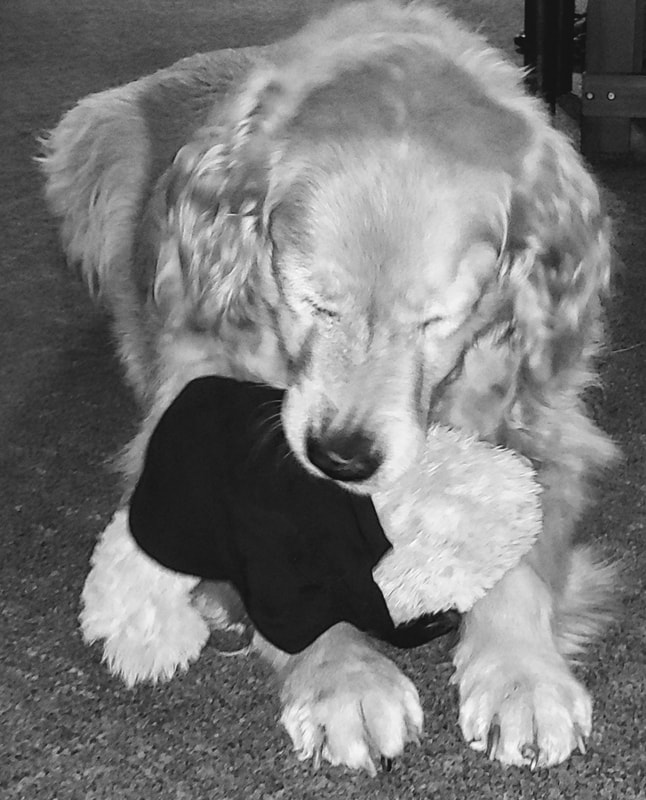
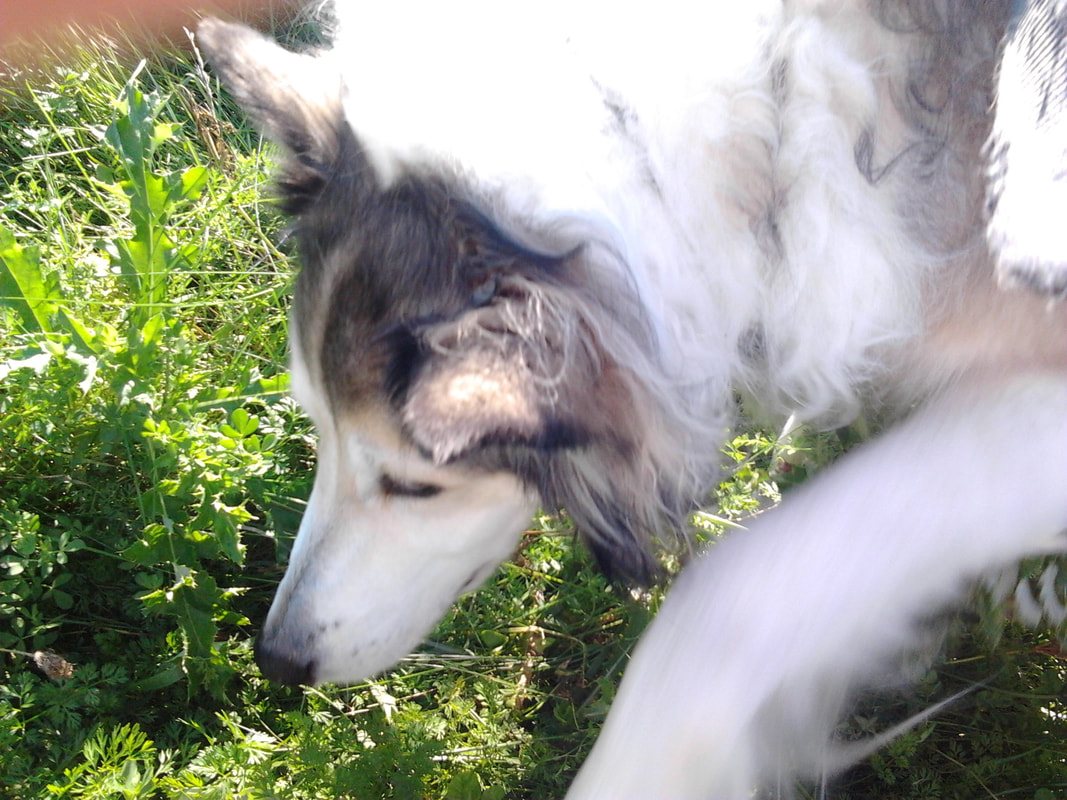
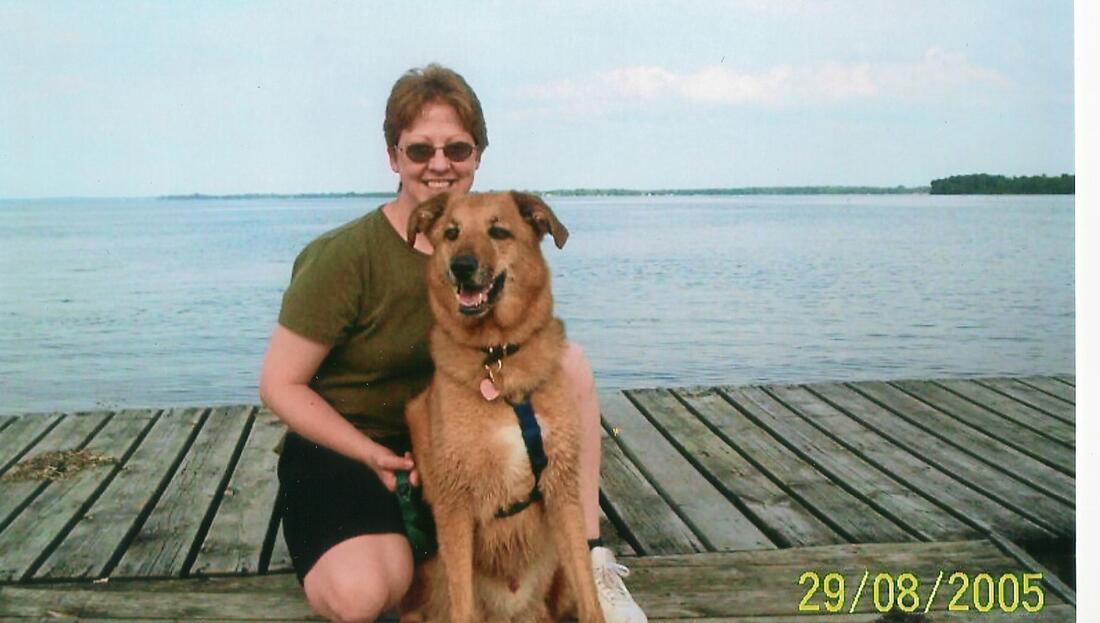
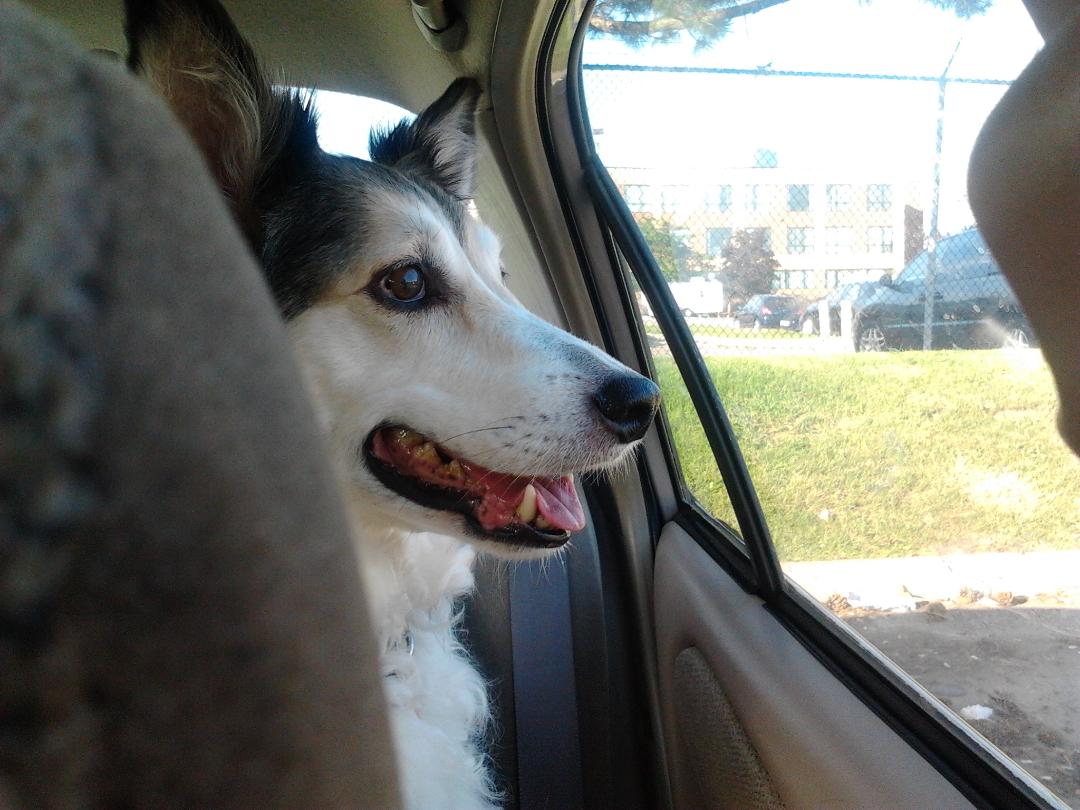
 RSS Feed
RSS Feed
